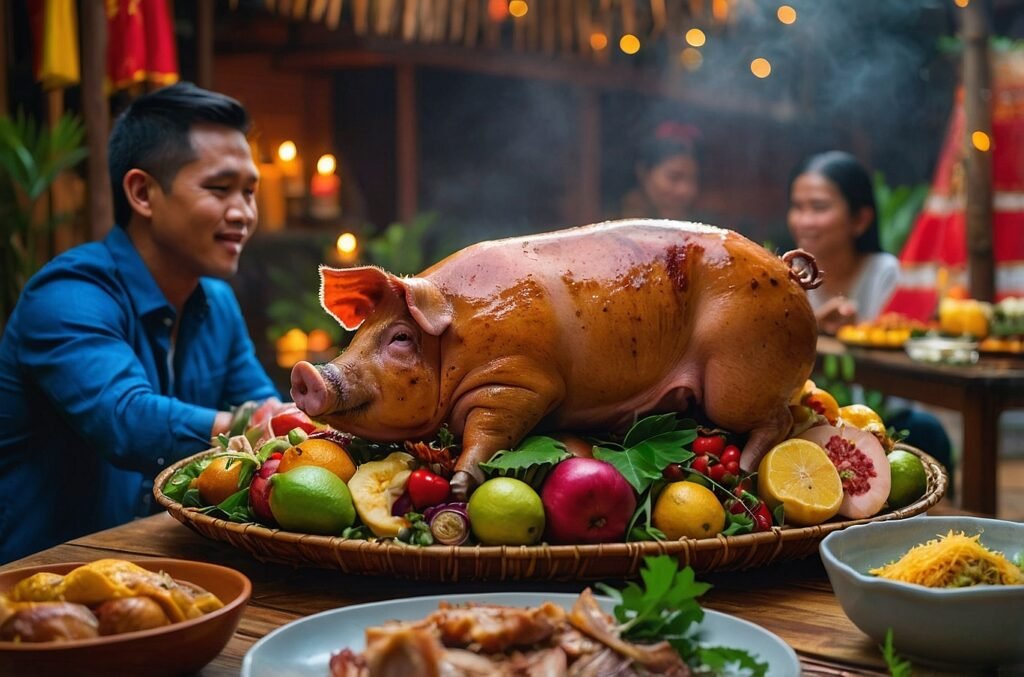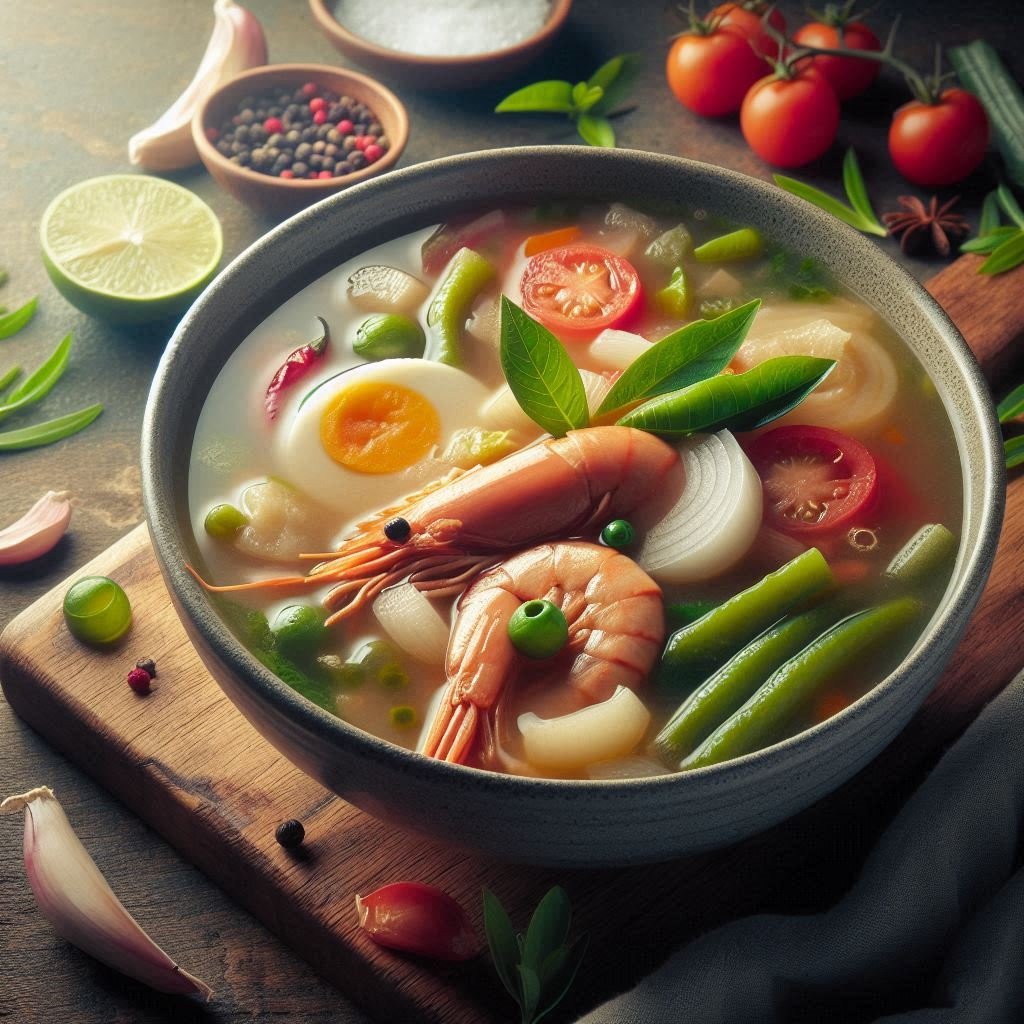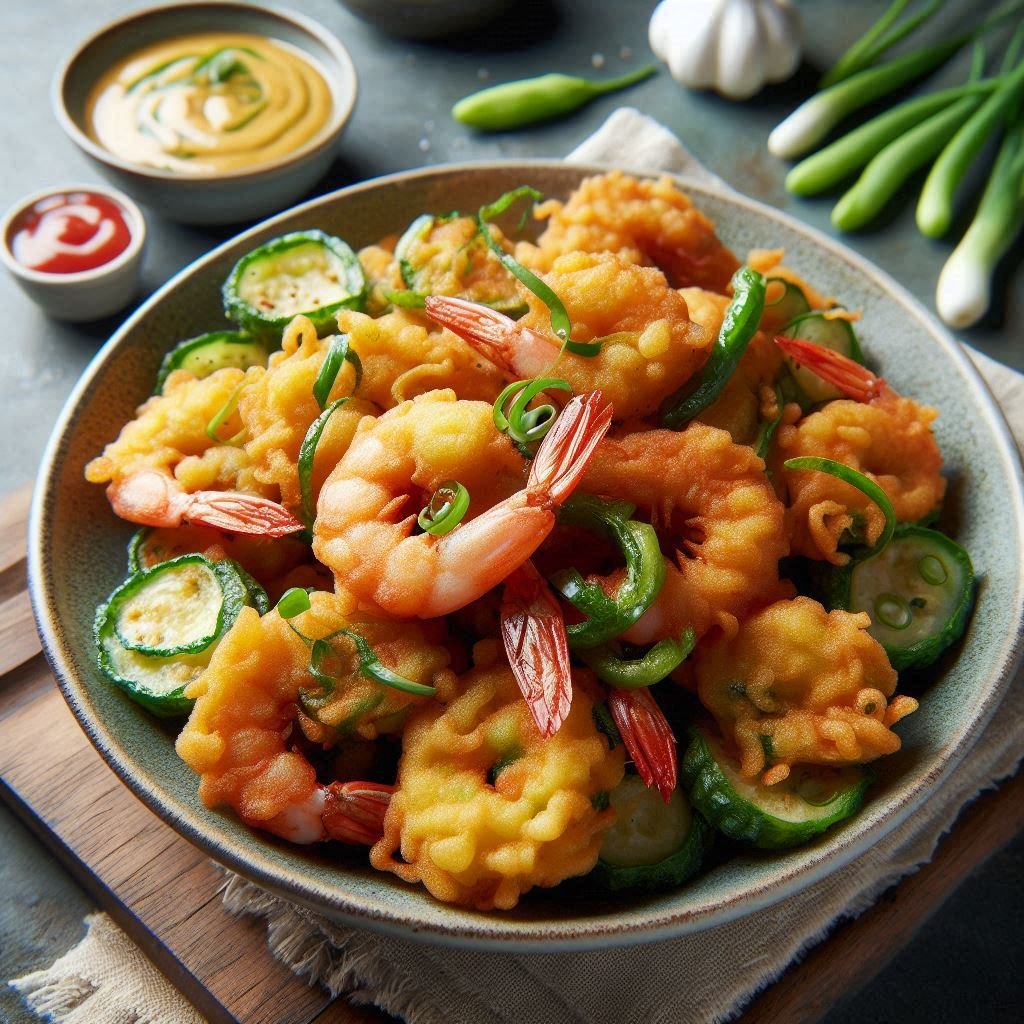Lechon, a culinary masterpiece originating from the Philippines, has become an integral part of Filipino cuisine and culture. This iconic dish, which consists of a whole pig roasted to perfection, is renowned for its crispy skin and tender, flavorful meat. Lechon holds a special place in Filipino celebrations, often taking center stage at important events such as weddings, birthdays, and religious festivals. The preparation and consumption of lechon are deeply rooted in Filipino traditions, symbolizing abundance, prosperity, and community. Its popularity has spread beyond the Philippines, gaining recognition in various parts of Southeast Asia and even in some Western countries with significant Filipino populations.
Preparation and Cooking Process
Selecting the Pig
The first step in creating the perfect lechon involves carefully selecting a suitable pig. Typically, a young pig weighing between 20 to 30 kilograms is chosen for its tender meat and optimal size for roasting. The pig is thoroughly cleaned and prepared for the cooking process, which involves several crucial steps to ensure the desired outcome.
Seasoning and Stuffing
Once cleaned, the pig is seasoned both internally and externally. A mixture of salt, pepper, and various herbs and spices is rubbed onto the skin and inside the cavity. The exact combination of seasonings may vary depending on regional preferences and family recipes. The cavity is then stuffed with aromatic ingredients such as lemongrass, garlic, onions, and sometimes even additional herbs or vegetables. This stuffing not only enhances the flavor of the meat but also helps maintain moisture during the roasting process.
Roasting Techniques
The roasting of lechon is a time-honored tradition that requires skill and patience. The seasoned and stuffed pig is carefully secured on a large spit, which is then mounted over a bed of hot coals. The pig is slowly rotated for several hours, typically between 4 to 6 hours, depending on its size. This slow-roasting method ensures that the meat is cooked evenly throughout while allowing the skin to achieve its signature crispiness. Constant basting with a mixture of oil and seasonings helps to enhance the flavor and texture of the skin.
Nutritional Information and Serving Suggestions
While lechon is undoubtedly a delicious treat, it is important to consider its nutritional content, especially for those monitoring their diet. The following table provides an approximate nutritional breakdown for a 100-gram serving of lechon:
| Nutrient | Amount per 100g |
|---|---|
| Calories | 350-400 kcal |
| Protein | 27-30g |
| Fat | 25-30g |
| Carbohydrates | 0g |
| Sodium | 60-80mg |
It’s worth noting that lechon is typically high in fat and calories, making it a dish best enjoyed in moderation as part of a balanced diet. To create a more well-rounded meal, lechon is often served with accompaniments such as:
- Steamed rice
- Atchara (pickled papaya)
- Liver sauce
- Mixed vegetables
- Ensalada (Filipino-style salad)
These side dishes not only complement the rich flavors of the lechon but also provide additional nutrients and dietary fiber.
Regional Variations and Global Influence
While lechon is primarily associated with Filipino cuisine, similar roasted pig dishes can be found in various cultures around the world. Some notable examples include:
- Cochinillo asado (Spain)
- Babi guling (Indonesia)
- Mu ping (Thailand)
- Siu yuk (China)
These variations often feature different seasoning blends and cooking techniques, reflecting the unique culinary traditions of each region. The global popularity of lechon and its counterparts demonstrates the universal appeal of slow-roasted pork dishes across diverse cultures.
Disclaimer: This article is intended for informational purposes only. While we strive to provide accurate and up-to-date information, culinary practices and nutritional content may vary. Please consult local food safety guidelines when preparing and consuming lechon. If you notice any inaccuracies in this article, please report them so we can promptly make corrections.




